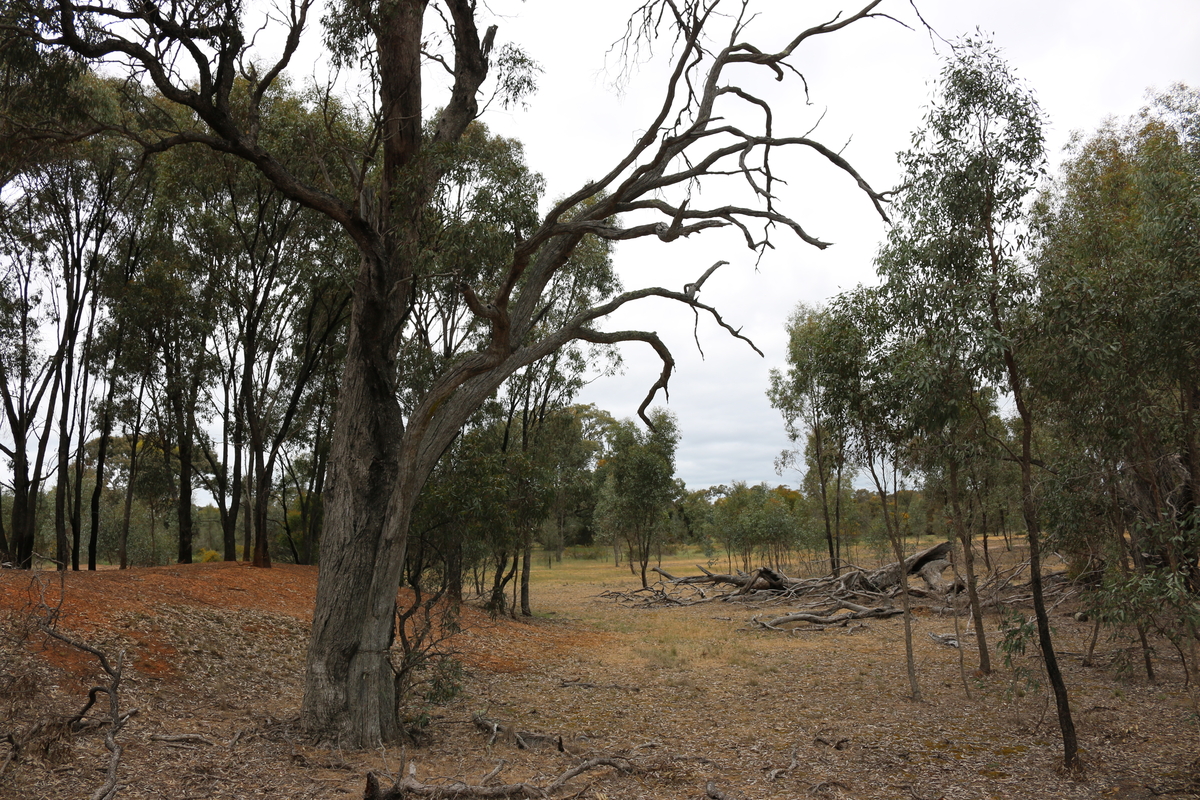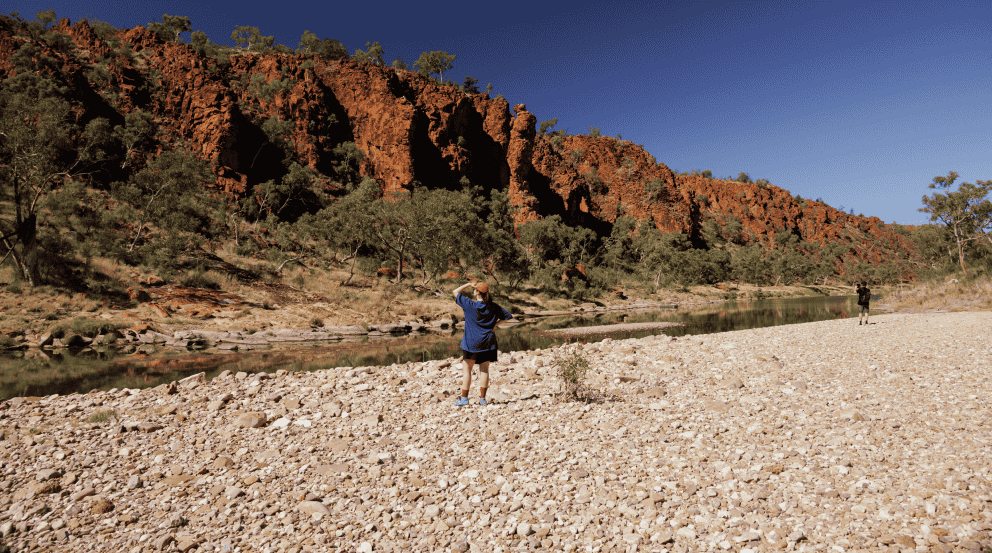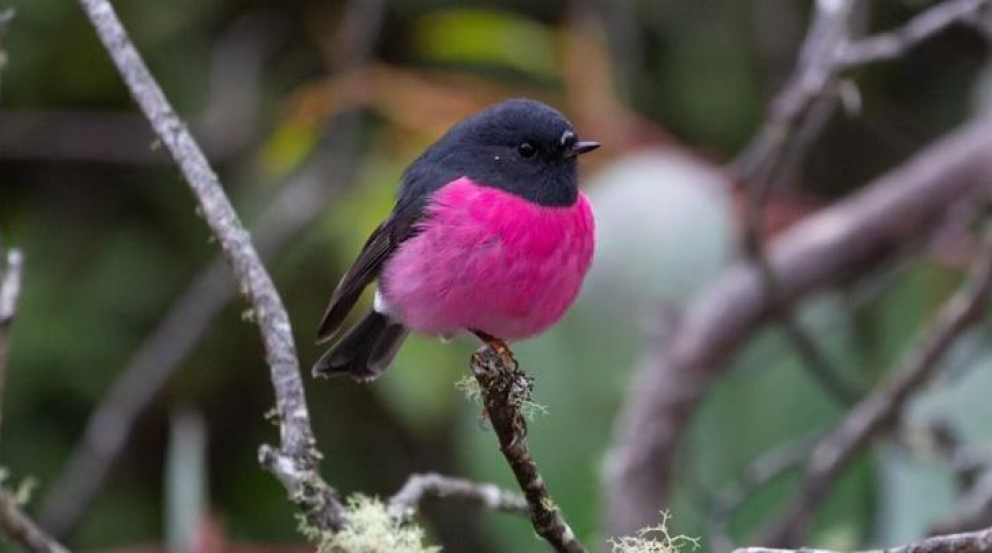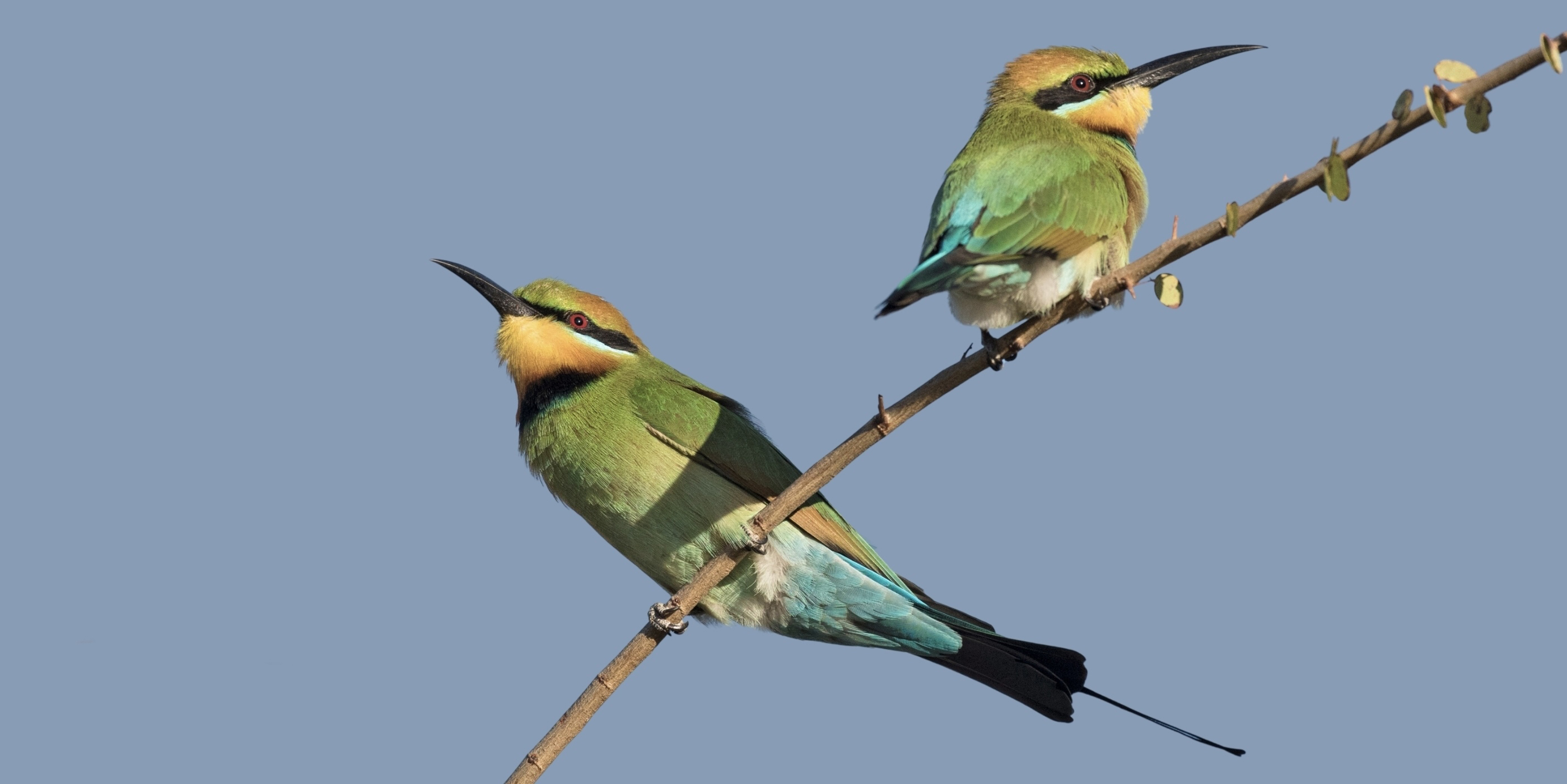Through helping care for a conservation reserve and with a commitment to reach net zero emissions by 2035, Bank Australia is already making headway on environmental leadership in the finance sector. Now, in Bram Mason, we have our own nature and biodiversity manager to help accelerate our impact.
Funnily enough, it was a childhood immersed in nature that led Bram Mason to work for a bank.
If he wasn’t at school, Bram was racing through the red gums on his family’s sprawling property in the Northern Melbourne township of Wollert or soaking up the Victorian bush on week-long camping expeditions with his Grandpa, where the pair marvelled at wildlife and drank from freshwater creeks.
“The importance of having a clean ecosystem was instilled in me from a very young age,” Bram reflects.

Turning a passion for nature into a career
Thanks to some inspiring teachers, Bram parlayed this passion and respect for the natural world into a career built on making a difference. A PhD focused on environmental restoration led to roles working in local and state government, and consulting as a senior ecologist. But, ultimately, he wanted to have a more tangible impact on protecting the environment.
“I had protested, written letters, assessed impacts and tried to regulate impacts – but money and politics were always driving those impacts forward,” he says.
When Bank Australia’s nature and biodiversity manager role was advertised early in 2023, he saw an opportunity to harness the power of a financial institution to make a positive change and invest in a better future. He applied, and got the job.

So why exactly does a bank need a nature and biodiversity manager?
For starters, Bank Australia has been caring for a conservation reserve since 2008, where we seek to enhance biodiversity by both protecting and learning from the land. The 2000 hectare-reserve in Western Victoria is funded by our impact fund, and managed in partnership with Greening Australia and Trust for Nature, and in consultation with Traditional Custodians through Barengi Gadjin Land Council.
A big part of Bram’s role is helping to manage and guide the important work that happens on the reserve, from the ongoing monitoring program through to managing partner communications. And that’s just the tip of the iceberg. As part of the seven-member Impact Management Team, Bram and Bank Australia are thinking big when it comes to conserving nature.
“We want to be the leaders in nature and biodiversity in the financing sector,” Bram says. “We've just had the nature and biodiversity strategy approved to support some pretty innovative approaches.”
With the strategy comes an action plan, focused on awareness and engagement. “It’s about understanding the nature and biodiversity crisis, and what can be done to transition the economy towards being nature-positive instead of just having a major impact on it,” Bram says.
As part of Bank Australia’s commitment to the planet, a large part of our work is focused on financing regenerative projects and services, helping customers reduce their environmental impact and supporting First Nations voices to lead the way on protecting Country, including innovative approaches to return culturally significant properties to Traditional Owners.

A day in the life of a nature and biodiversity manager
The unique nature of Bram’s job is reflected in the variety of his day-to-day tasks. For example, he works closely with Bank Australia’s reconciliation manager, ensuring that negotiations and conversations with First Nations groups are done in-person, with integrity and honesty. He also works with the climate action manager to collaborate on, align with and help implement the bank’s climate action strategy.
And then there’s the big-picture stuff. This includes looking into due diligence on new nature projects and keeping across the most recent progress in international financial and environmental reports.
“I'm continually learning,” Brams says. “And then applying those learnings to what our goals should be. This year we want to pilot the taskforce on nature-related financial disclosures, and really disclose the benefits our responsible banking policy and conservation reserve have on nature, along with environmental impacts and dependencies of our loan book. So that takes a lot of reading, trawling and talking with other wise minds in the banking sector.”

A blueprint for change
Bank Australia isn’t just content to be a leader in our approach to nature and biodiversity. We want to bring the whole finance sector along for the ride, becoming a blueprint for how the banking world can steer itself towards a more nature-positive future.
Because, as Bram emphasises, the health of our planet depends on this kind of radical rethinking. “I can see that this role can have a really influential position on protecting nature and restoring it,” he says. “Collectively, we can make some really big impacts.”
Find out more about Bank Australia’s commitment to biodiversity and conservation.








